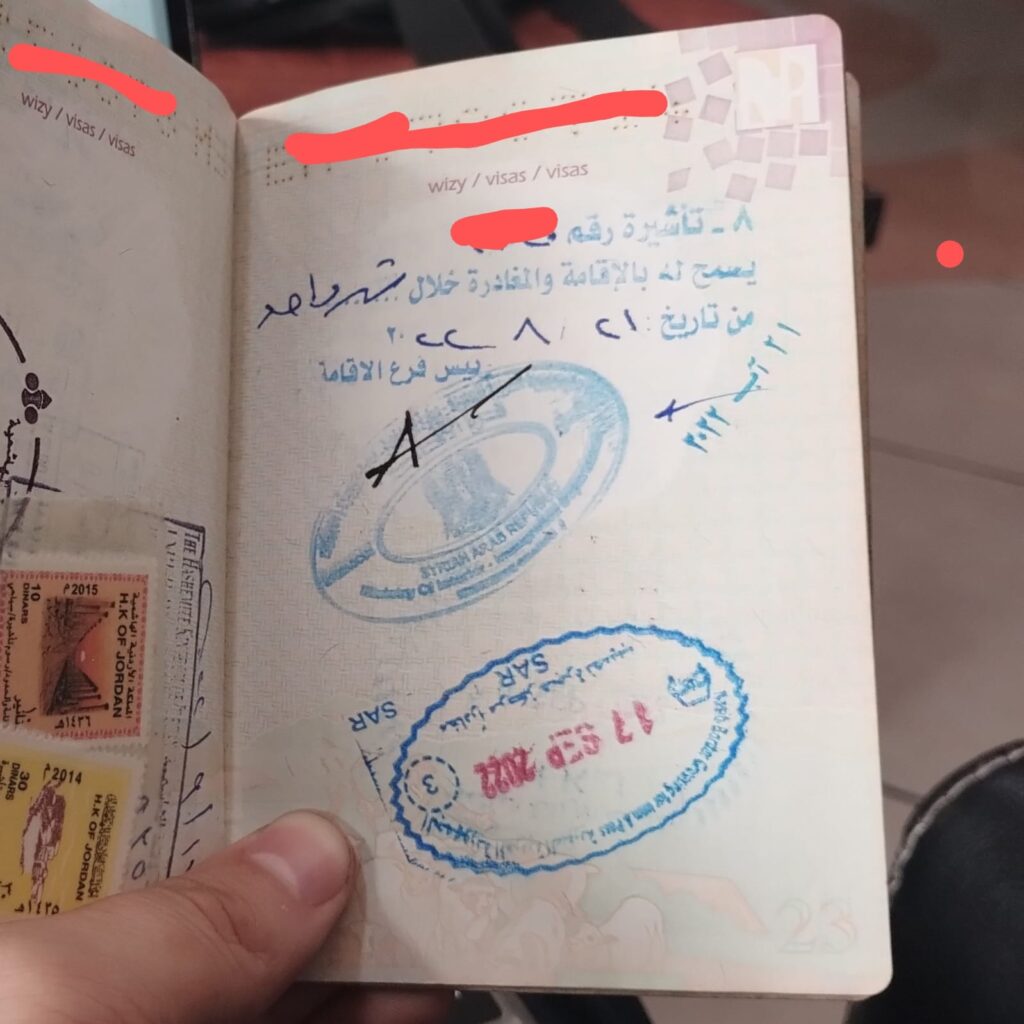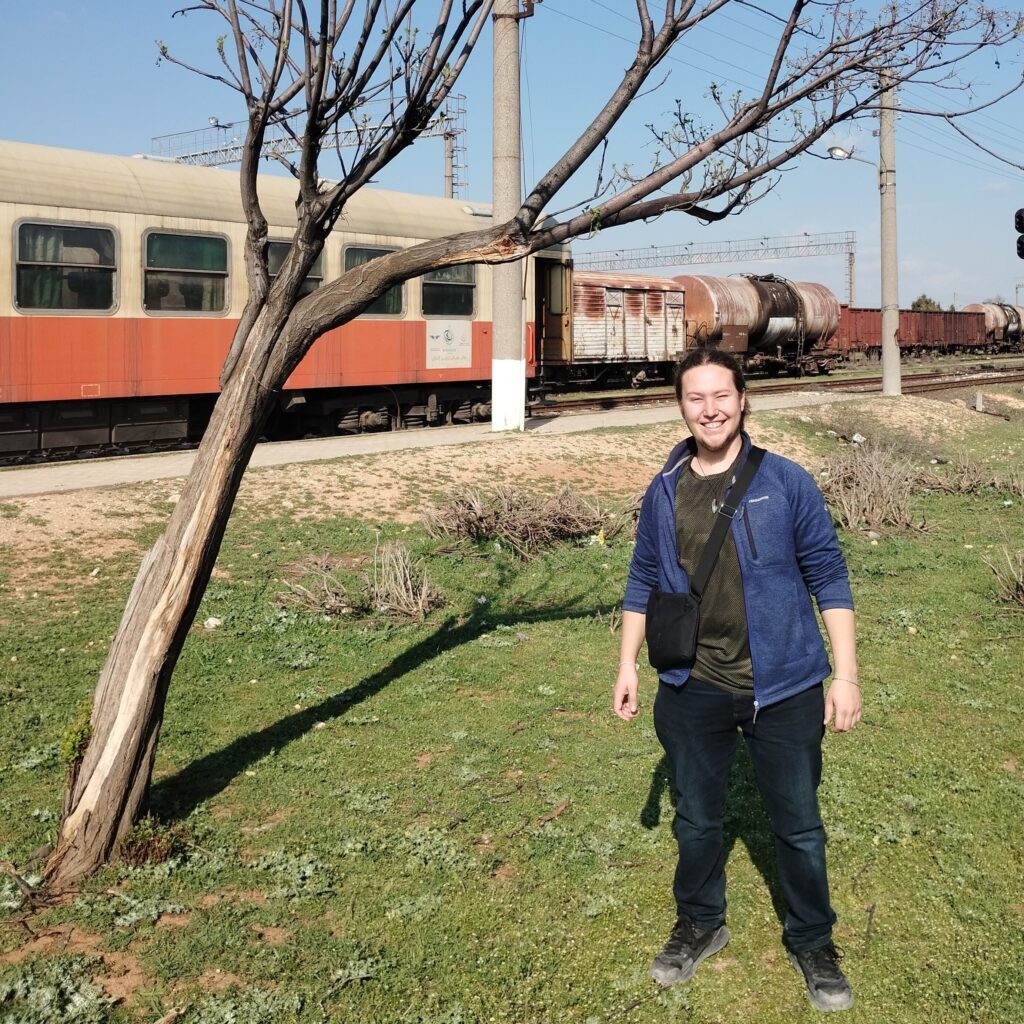Among Iraq’s religious minorities, the Mandeans are some of the least known. In fact, many Iraqis haven’t even heard of them, and if they have, they have very little ideas about what they actually believe in. I was fortunate enough to meet the head of the Mandean sect (similar to the Pope in Christianity), where he explained to us many core principles of the religion, as well as answering any questions we might have.
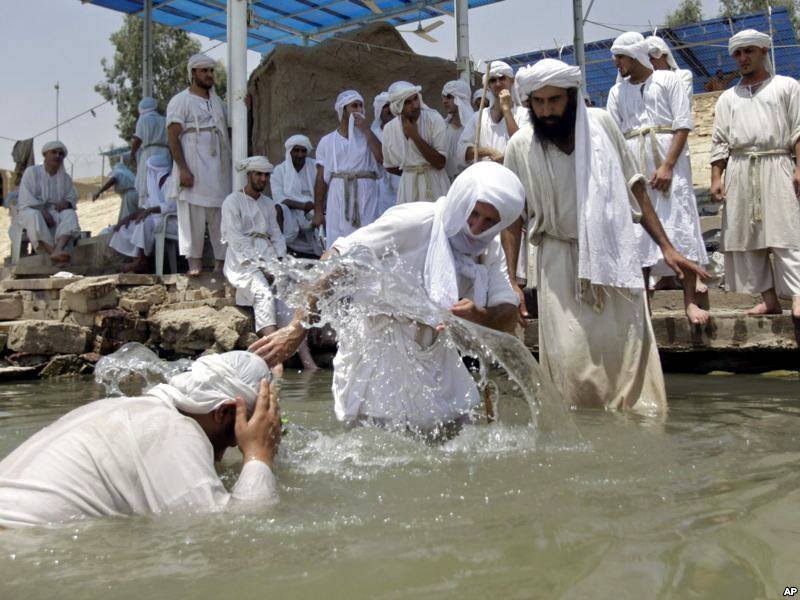
Very few Mandeans remain in the world, and a significant amount of those that do have emigrated from their homeland (southern Iraq and the Khuzestan province of Iran), escaping historical persecution. Worldwide, it is claimed that only around 70,000 Mandeans exist, with only a few thousand of them remaining in Iraq. Some people claim that Mandeanism is the oldest religion known to man that is still practiced today. What is clear is that their religion is older than Islam, Christianity and even Judaism, yet it is still monotheistic, and believes in many of the same religious figures as prophets. For instance, Adam, Abel, Noah and John the Baptist, all of which are biblical figures, are seen as prophets of God by the Mandeans. John the Baptist, however, is considered to be the final and most important prophet in their religion, in the same way that Muhammad is seen by Muslims.
The most important religious scripture is known as the Ginza Rabba, and the Mandeans we met were kind enough to give us a copy of it. This book is composed on two parts, the “left part” and the “right part”, with the right part being the most holy scripture. The original language of these reilgious texts is Mandaic, an Eastern Aramaic language spoken by Mandeans. However, most, if not all of them, also speak Arabic fluently.
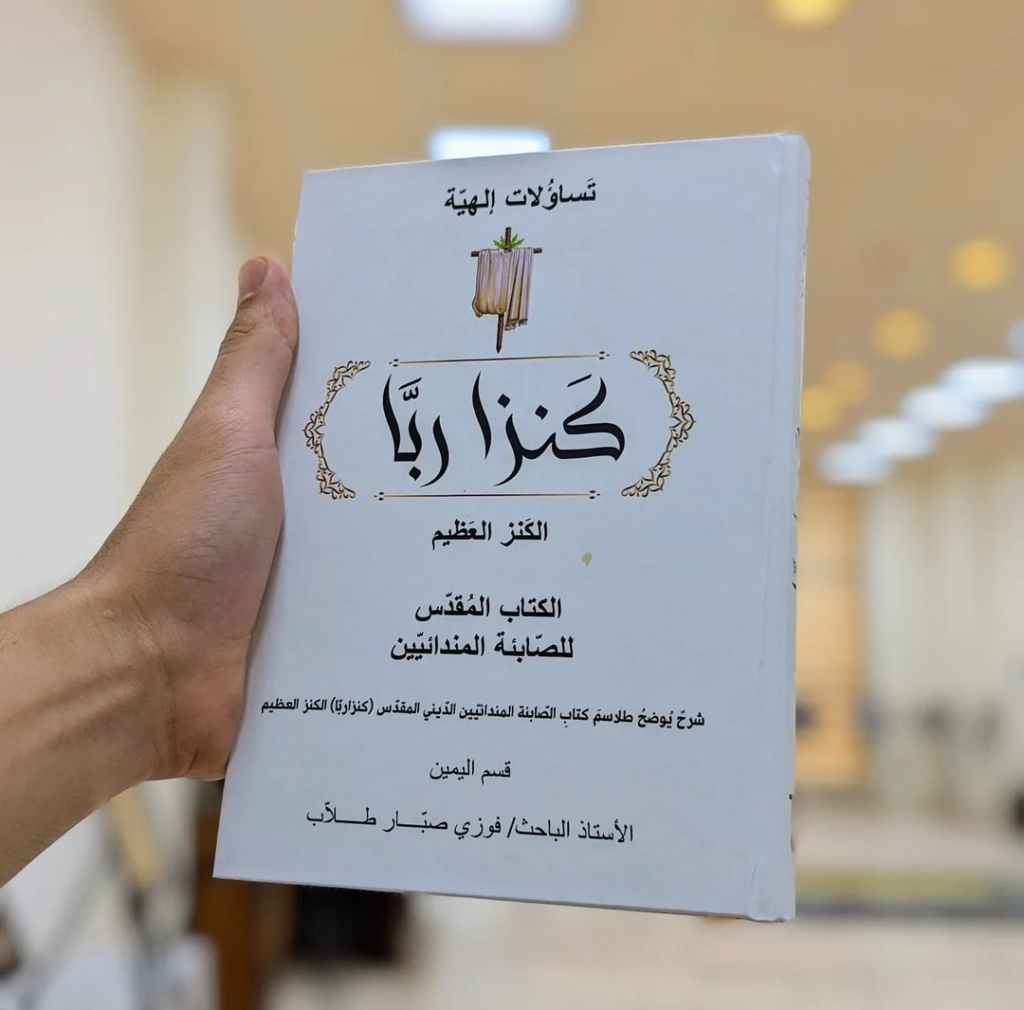
Yet despite their different religious beliefs, Mandeans are not easily distinguishable from other southern Iraqis. Not only is their everyday clothing the same, but their dialect is also indistinguishable. This is in constrast to other religious minorities in Iraq, such as the (no longer present) Baghdadi Jews, whose dialect is distinct. Or Assyrian Christians, who can easily be distinguished by their appearance.
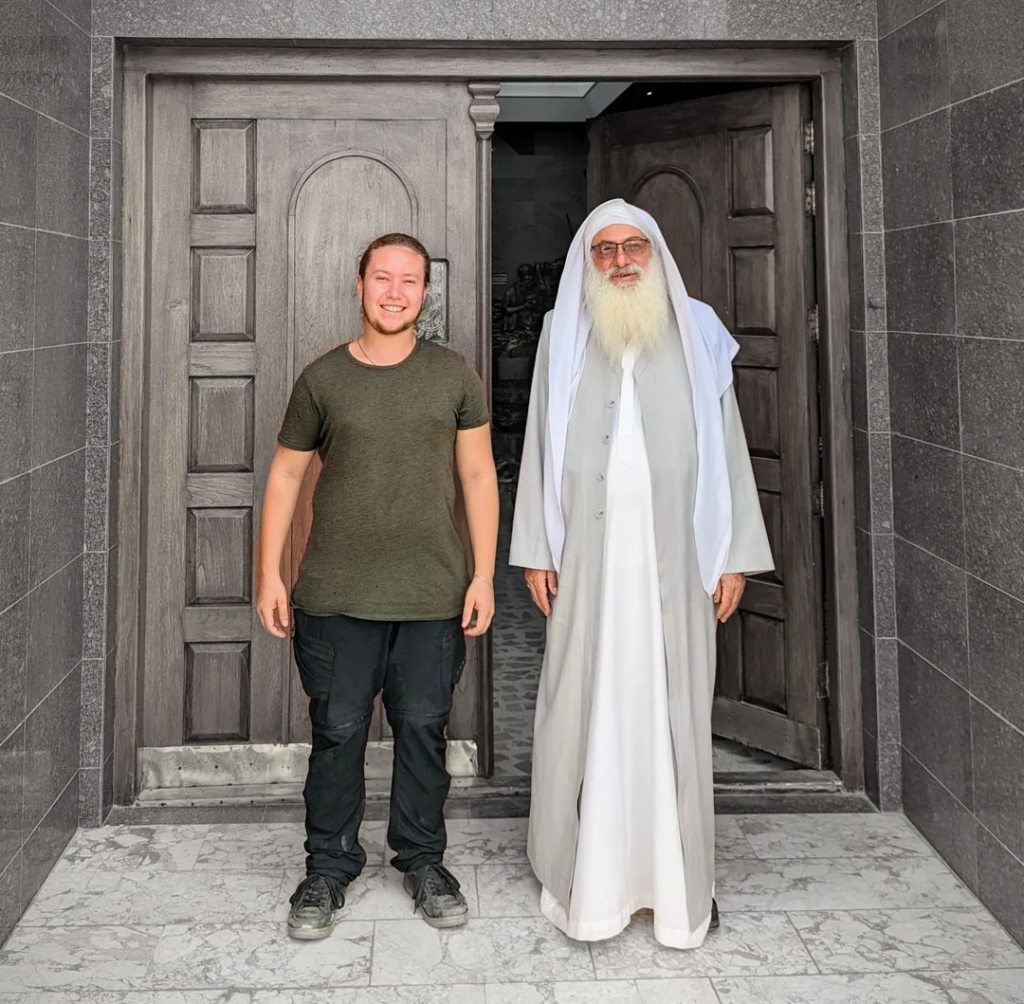
The symbol of the Mandean religion is known as the “darfash”, which is a cross made by two branched of olive branches, covered by a white cloth. Many people mistake the darfash for the Christian cross, but it is clearly distinct, as you can see in the image below. Many historians say that the darfash predates Christianity, despite the resemblence.
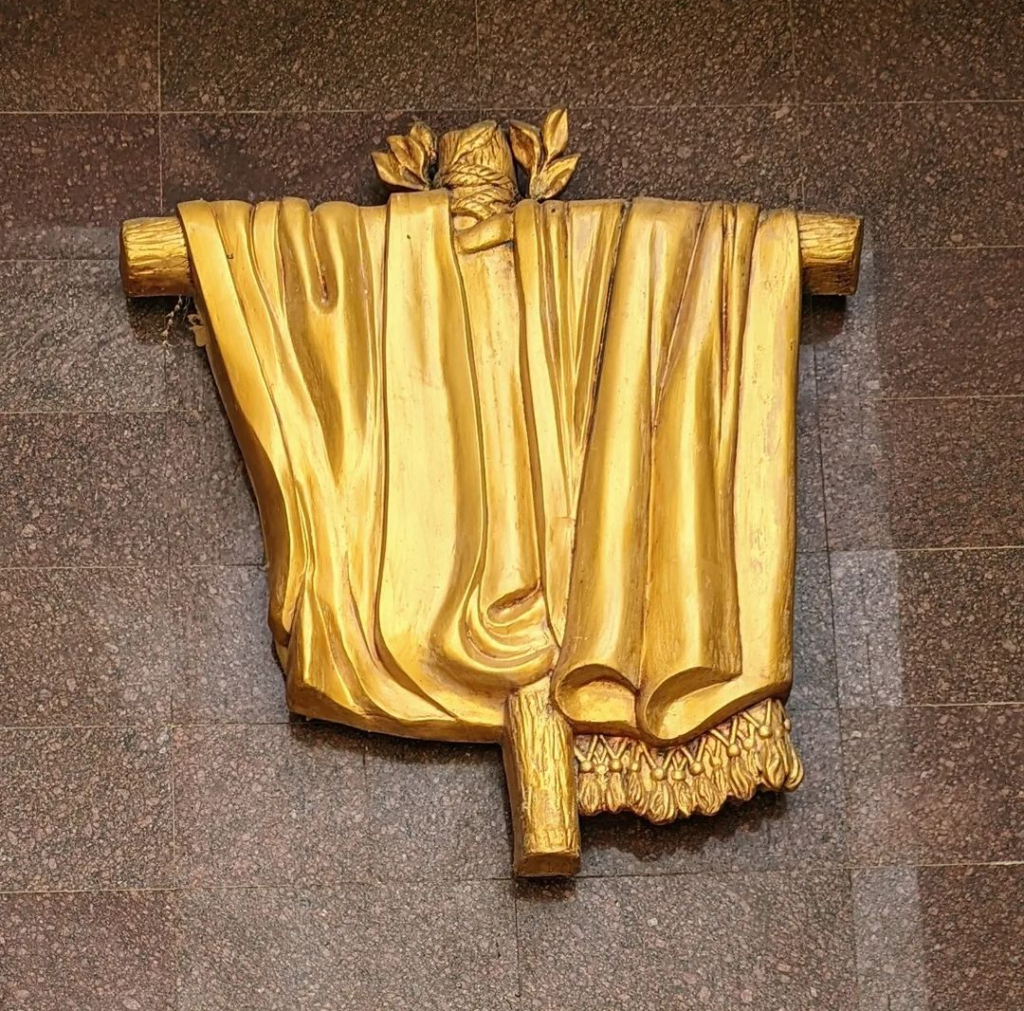
On our Iraq Tours, visiting the Mandean community of Baghdad is often part of the itinerary. If the tour dates coincide with certain Mandean ceremonies, we can help arrange for you observe their rituals and learn more about their community and religion.
